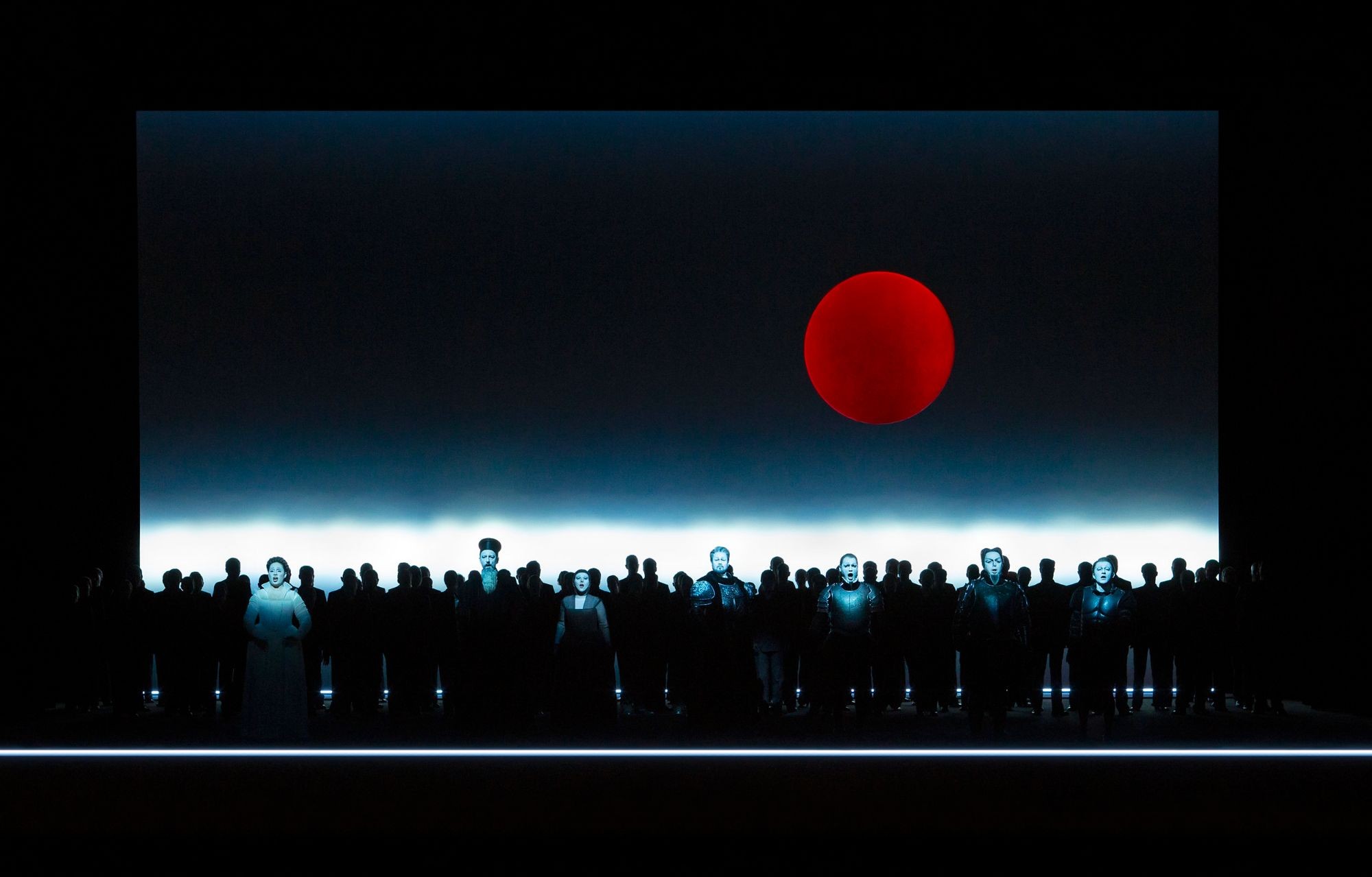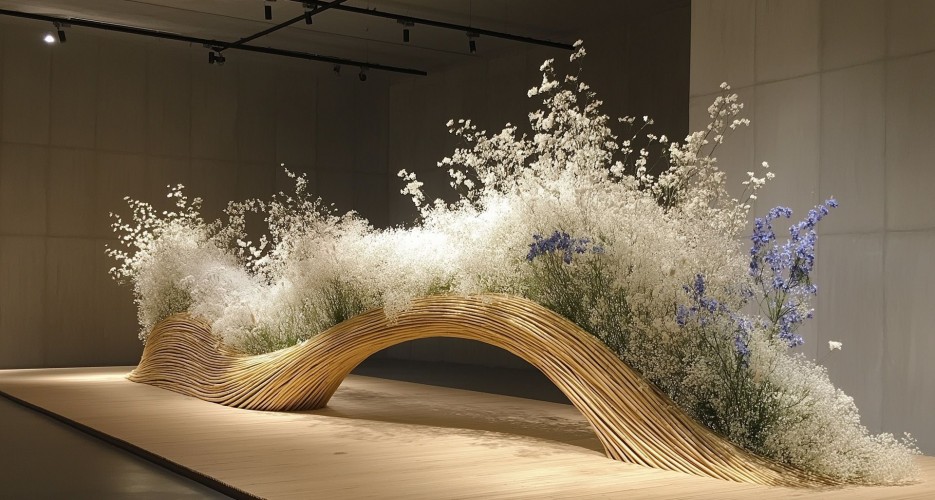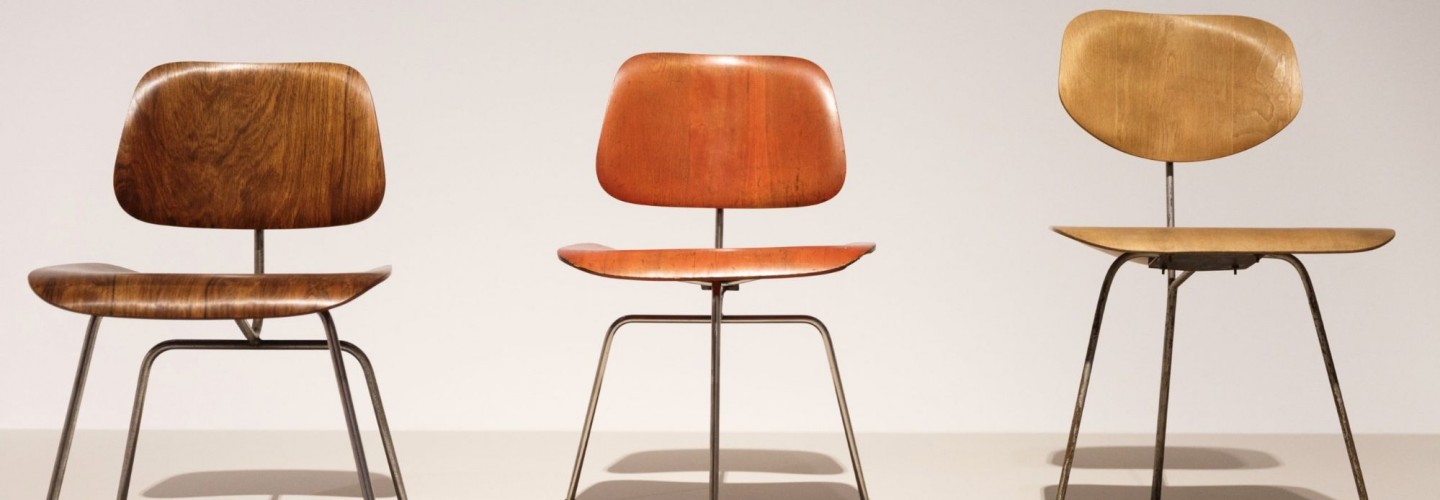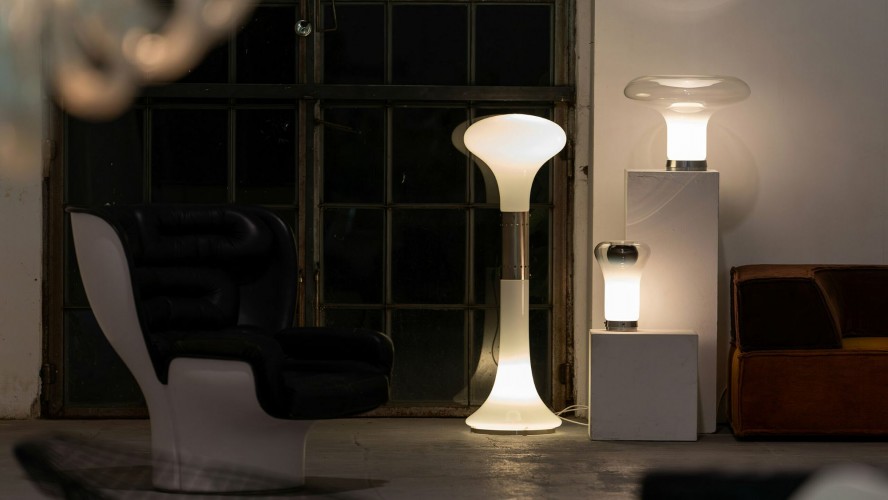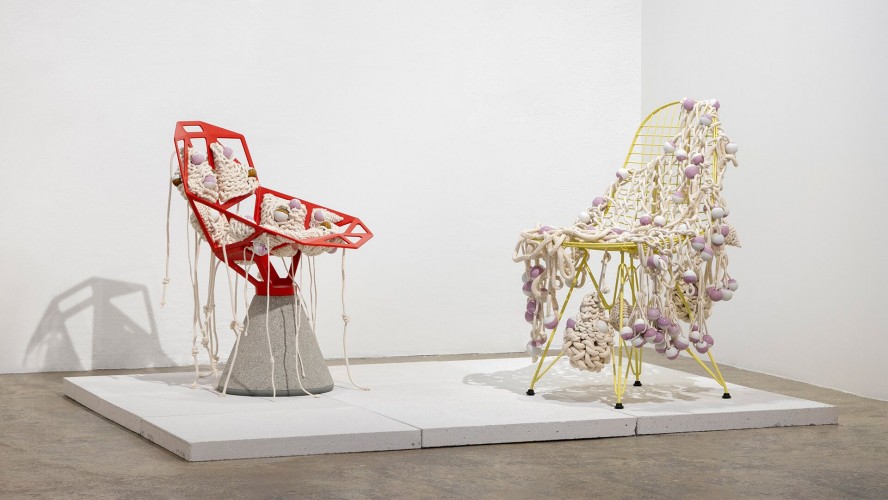Ατμόσφαιρες και χαρακτήρες από τον Robert Wilson
DS.WRITER:
Tasos Giannakopoulos
Κεντρική Εικόνα: Opera by Giuseppe Verdi, with a libretto by Arrigo Boito based on William Shakespeare's drama Othello | robertwilson.com
O Robert Wilson είναι γεννημένος το 1941, στις 6 Οκτωβρίου, στην πόλη Waco του Τέξας των Ηνωμένων Πολιτειών. Είναι από τους πιο σπουδαίους πειραματικούς θεατρικούς σκηνοθέτες του εικοστού αιώνα και έχει αποτυπώσει τη γλώσσα του στο αντικείμενό του. Οι New York Times τον θεωρούν τον καλύτερο “θεατρικό καλλιτέχνη” της Αμερικής και ίσως και του κόσμου. Έχει εργαστεί ως χορογράφος, ζωγράφος, video artist, performer, γλύπτης και σχεδιαστής επίπλων, μεταξύ άλλων. Σπούδασε διοίκηση επιχειρήσεων στο Πανεπιστήμιο του Τέξας και έπειτα έλαβε το πτυχίο του στην αρχιτεκτονική από το Pratt Institute το 1965. Το 1968 ιδρύει την κολεκτίβα πειραματικού θεάτρου Byrd Hoffman School of Byrds, με την οποία σκηνοθετεί τα πρώτα μεγάλα έργα, αλλά η αναγνώριση δεν φτάνει έως τις αρχές της δεκαετίας του ‘70 με την όπερα Einstein on the Beach, έχοντας στο πλευρό του τις μουσικές συνθέσεις του Philip Glass και τις χορογραφίες της Lucinda Childs. Μέχρι τα 80 του χρόνια έχει συνεργαστεί με τους William Burroughs, Tom Waits, Mikhail Barishnikov και Willem Dafoe μεταξύ πολλών πολλών άλλων. Τον Φλεβάρη παρουσίασε τον Οθέλλο στη λυρική σκηνή του Ιδρύματος Σταύρος Νιάρχος στην Αθήνα, ο οποίος, φυσικά, έγινε σε κατάμεστο θέατρο.
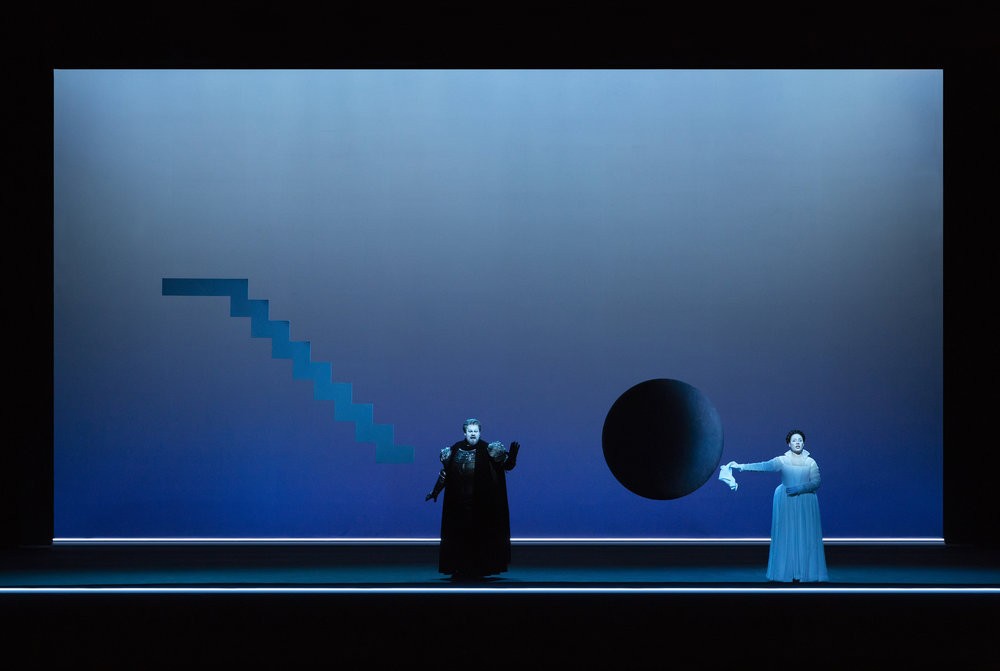
Opera by Giuseppe Verdi, with a libretto by Arrigo Boito based on William Shakespeare's drama Othello | robertwilson.com
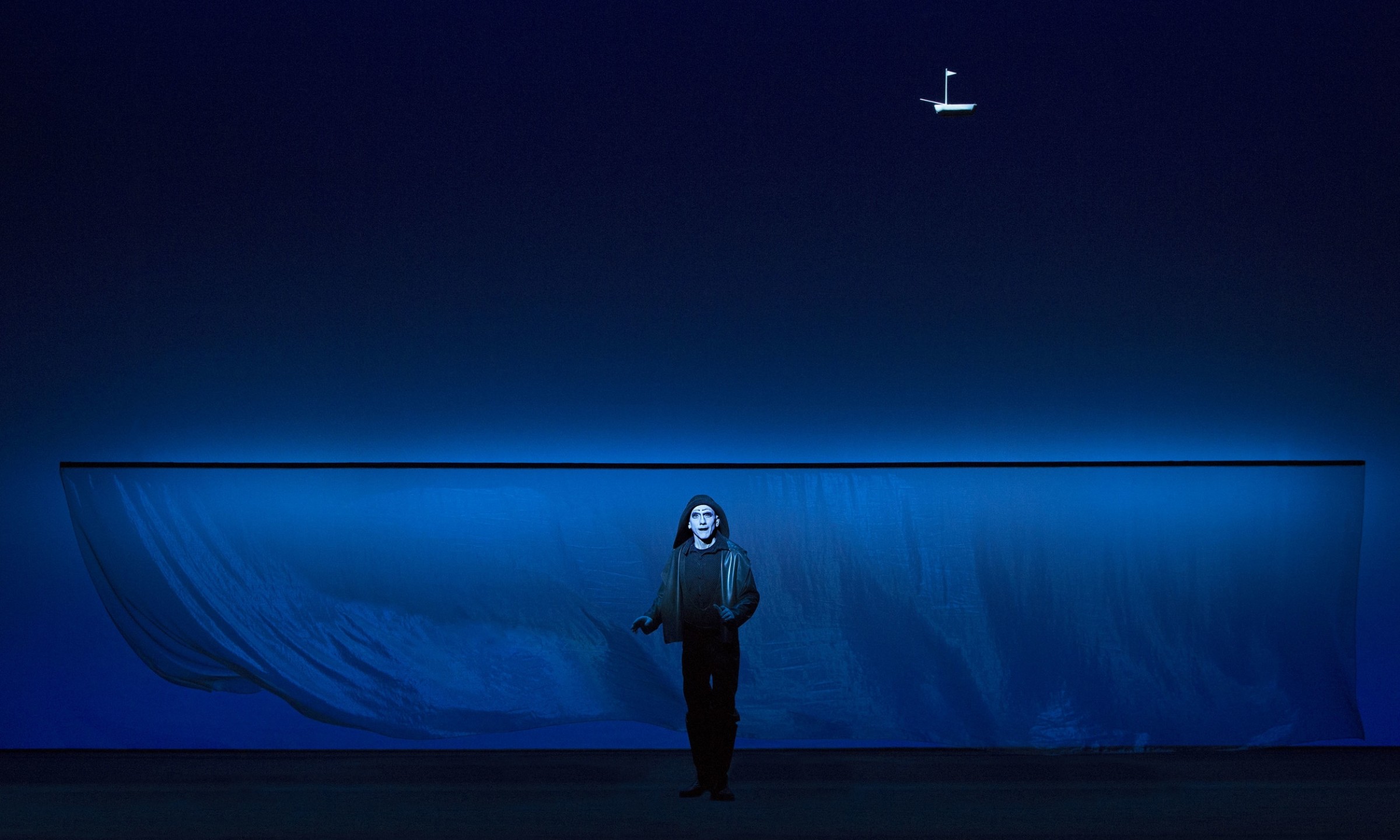
Fairy Tales by Aleksandr Pushkin | robertwilson.com
Οι εικόνες του Robert Wilson είναι κατεξοχήν ποιητικές, με την έννοια ότι η δύναμη της σύνθεσής τους και ο χρόνος τους έχουν την ικανότητα να τις αποτυπώσουν στο μυαλό και τη φαντασία κάποιου. Οι παραστάσεις του, με την αργή κινησιολογία, το έντονο βάψιμο των ηθοποιών και τον ιδιαίτερο φωτισμό, έχουν τη δυνατότητα να αιχμαλωτίσουν τη σκέψη σου πολύ καιρό μετά το τέλος μιας παράστασης. Τα σκηνικά του, με τα λιτά τους μέσα, αντιστέκονται στο να κατανοηθούν πλήρως και με πλήρη σαφήνεια, όπως συμβαίνει σε κάθε καλό έργο τέχνης. Αποτελούν ενεργούς χαρακτήρες στις παραστάσεις που σκηνοθετεί, και το ίδιο κάνουν και τα έπιπλά του. Οι γραμμές και οι γεωμετρίες τους τα καθιστούν υπέροχους ηθοποιούς στο δράμα της καθημερινής ζωής, για όσους έχουν την τύχη να τα έχουν στον χώρο τους ή για όσους τα απολαύσουν σε κάποια έκθεση.
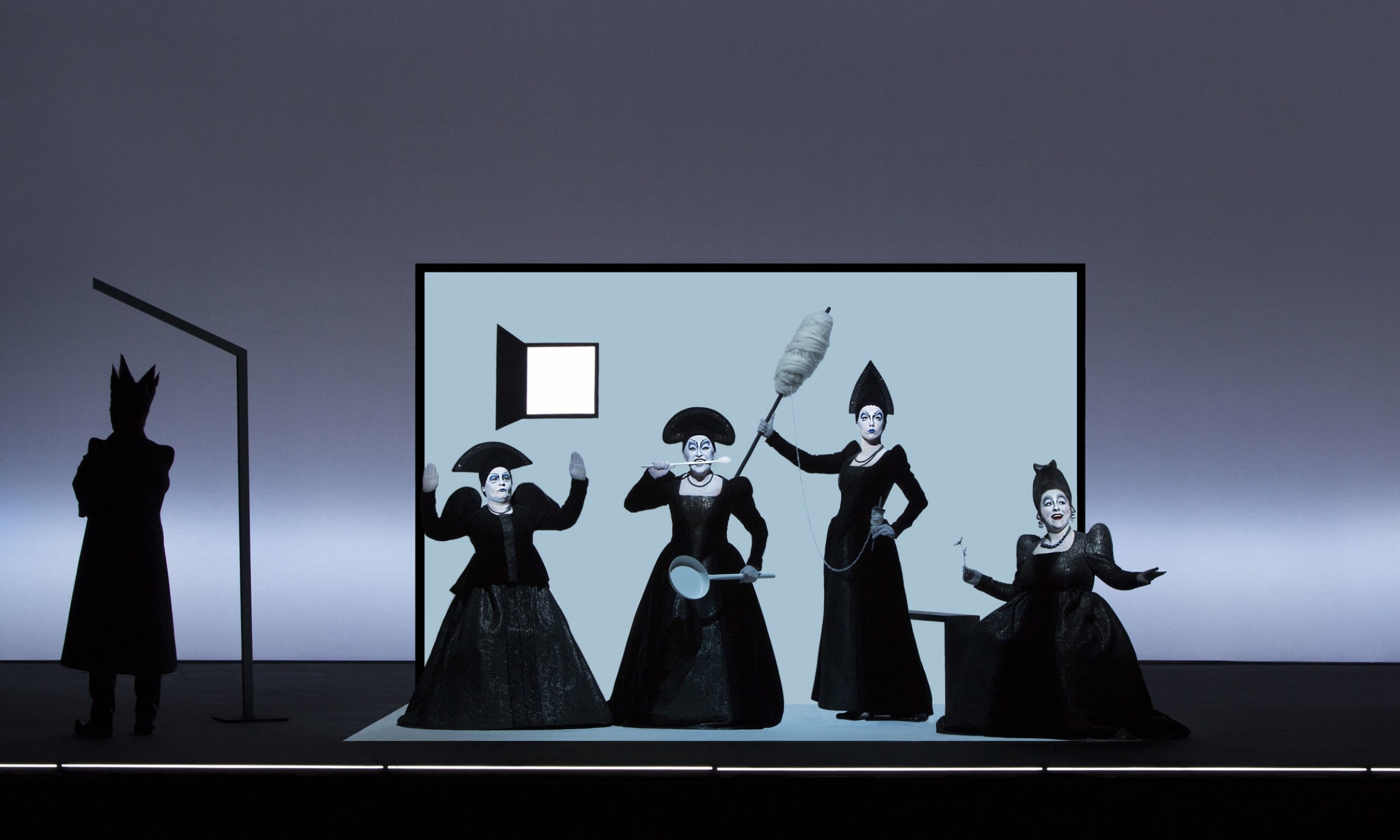
Fairy Tales by Aleksandr Pushkin | robertwilson.com
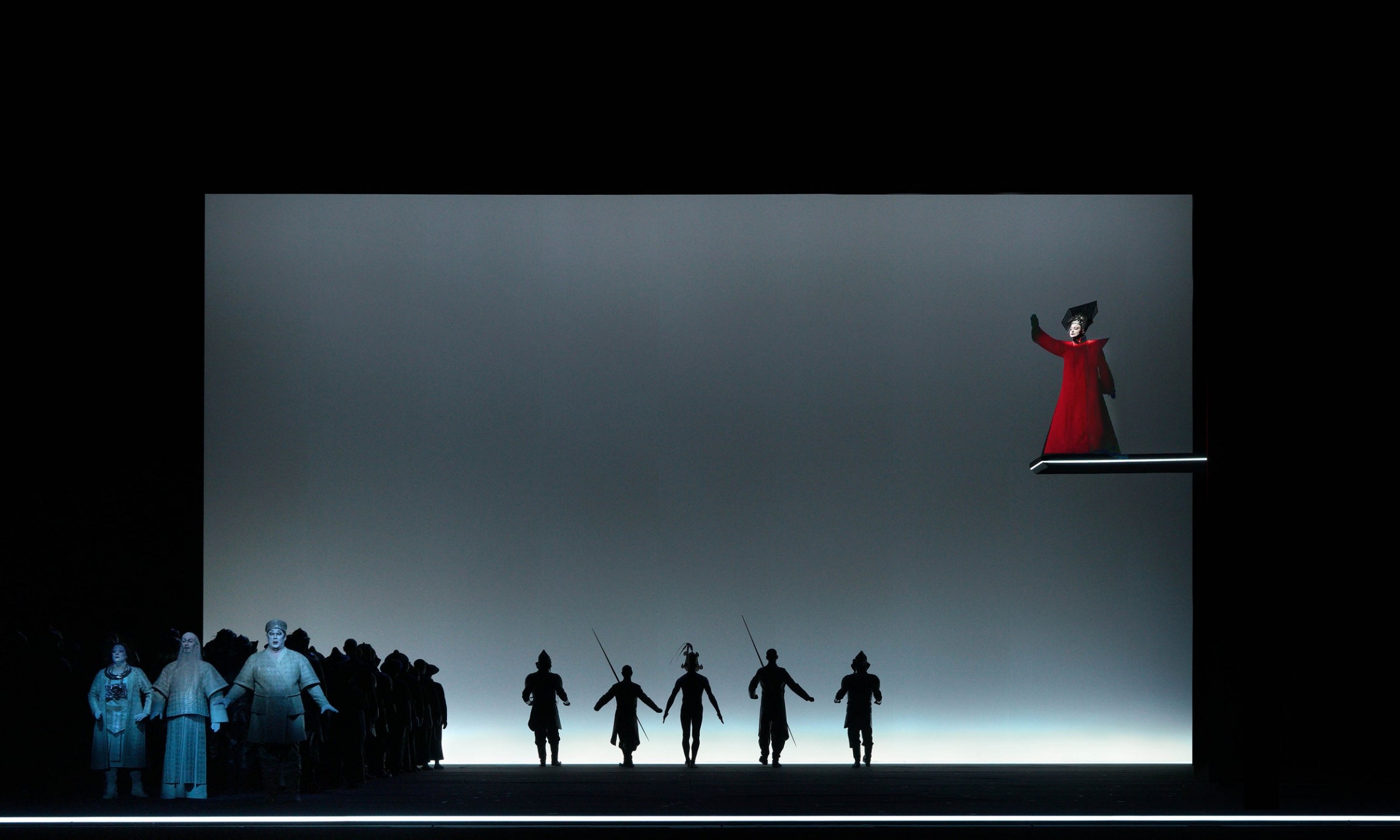
Opera by Giacomo Puccini, with a libretto by Giuseppe Adami and Renato Simoni, based on the eponymous play by Carlo Gozzi | robertwilson.com
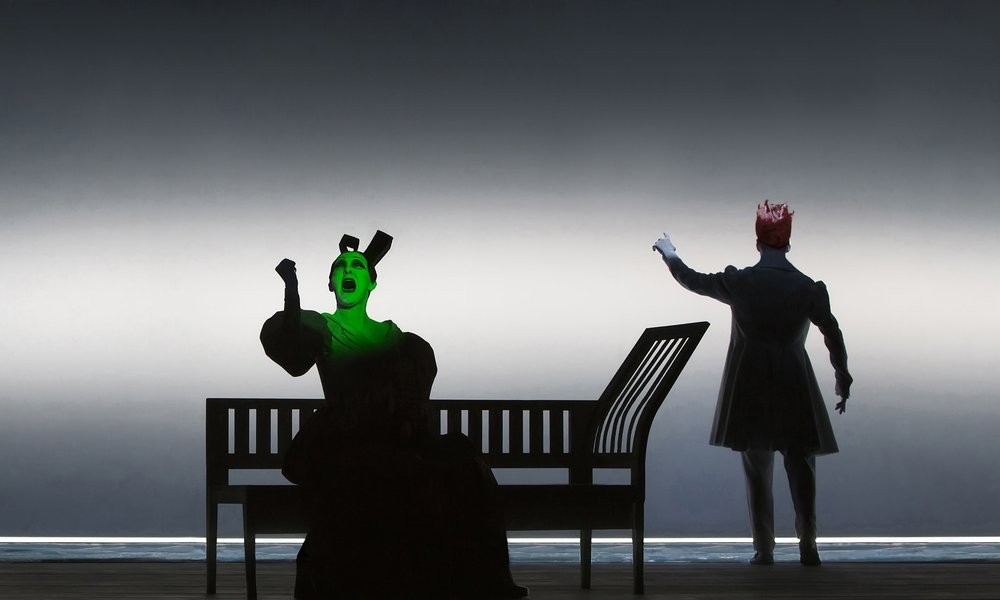
Opera by Robert Wilson and Anna Calvi, based on the eponymous story by E.T.A. Hoffmann | robertwilson.com
Το λιτό ύφος που αριστοτεχνικά ελέγχει στις παραστάσεις του και η ιδιαίτερη χρήση της γλώσσας που κατευθύνει στο έργο του, αποτυπώνονται με τις δεξιότητές του και στα έπιπλα-γλυπτά-ηθοποιούς-χαρακτήρες-props-εγκαταστάσεις-φορείς-δυνάμεις-υποκείμενα-αντικείμενα που σχεδιάζει. Όπως είναι η The Meek girl του 1994, που με την ημικυλινδρική ξύλινη πλάτη και τα τρία πόδια -ένα εκ των οποίων πόδι κατσίκας με οπλή και γούνα-, κινείται στα όρια του ανθρωπομορφισμού ή στα όρια του επιπλοκεντρισμού ανάλογα με το σημείο ανάγνωσης που υιοθετούμε. Ή η Zeus Chair, με τον χάλκινο σκελετό και το πέτρινο κάθισμα, που η μάλλον άβολη και μικρή επιφάνεια του θρόνου/καρέκλας/αλληγορίας είναι σε θέση να μας κινήσει να αναρωτηθούμε τόσο για την καταγωγή του πρώτου πρώτου καθίσματος όσο και για την εξουσία εν γένει, όσο απολαμβάνουμε τις γεωμετρικές γραμμές της.
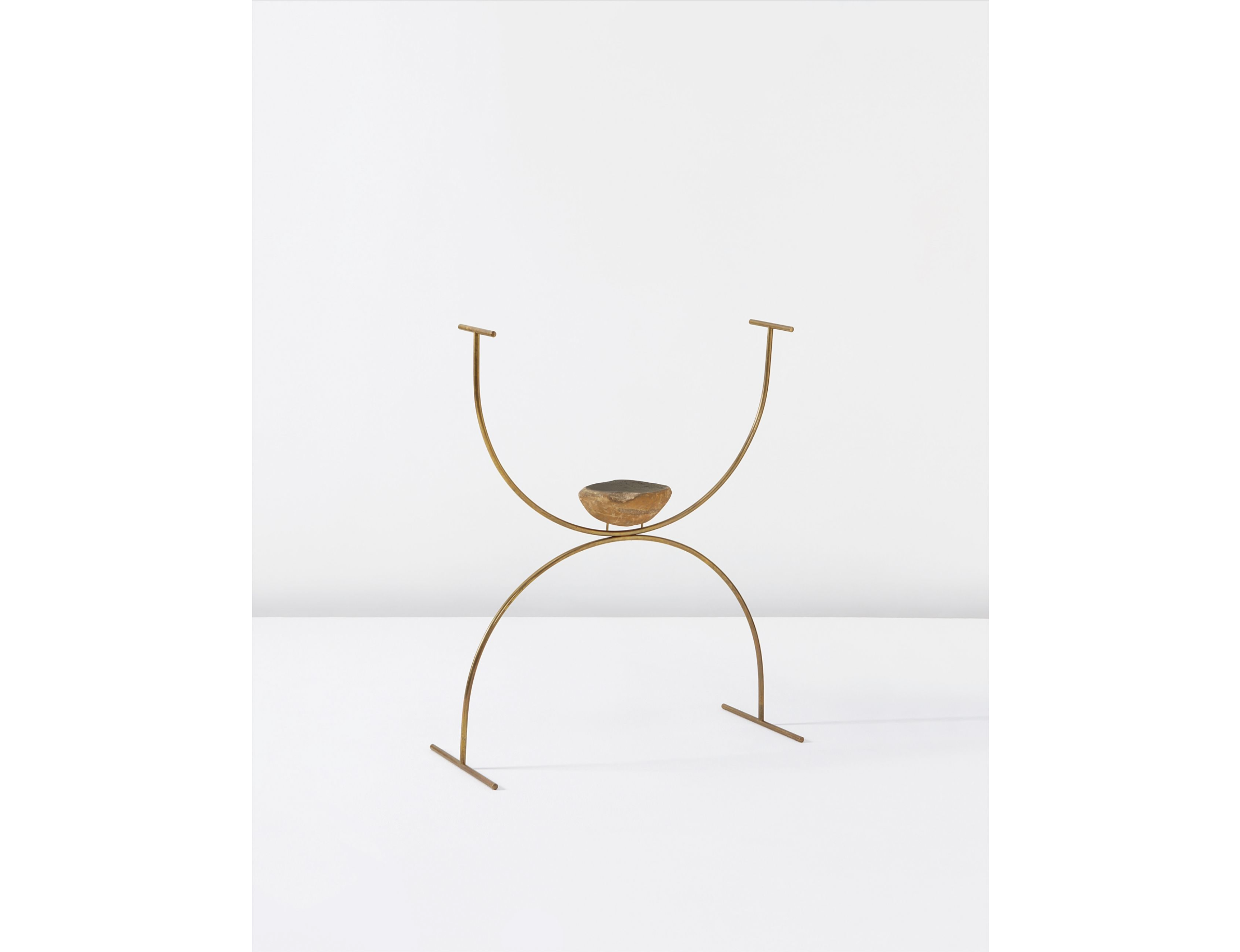
Zeus Chair | robertwilson.com
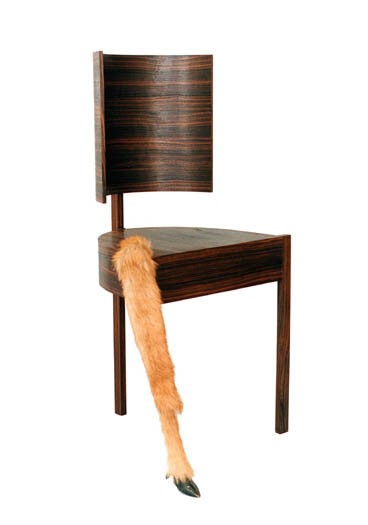
The Meek Girl |robertwilson.com
Το Καρέκλα για τη Marie Curie (Chair for Marie Curie) νομίζω είναι το αγαπημένο μου. Είναι μια καρέκλα και μια άποψη για τη Marie Curie, τη διάσημη επιστήμονα του τομέα της ραδιοακτινοβολίας και κάτοχο δύο Nobel, και κάτι πέρα από αυτές τις δύο κατηγορίες. Είναι μια απλή, ορθοκανονική καρέκλα, συνδεδεμένη με την μπαταρία που βρίσκεται κοντά στο έργο. Το φως που βρίσκεται στην πλάτη πάλλεται, ακτινοβολεί και εκπέμπει στον χώρο γύρω του. Το γυάλινο, εύθραυστο κάθισμα στηρίζεται πάνω στον μεταλλικό κάναβο της κατασκευής.
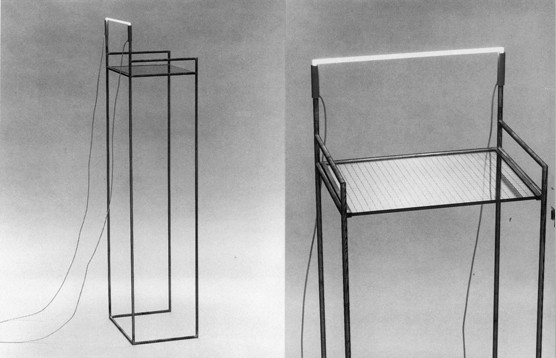
Chair for Marie Curie I artforum.com
Αν αυτή η καρέκλα βρισκόταν στην τυπική τραπεζαρία και κανείς επιχειρούσε να καθίσει πάνω της, θα βρισκόταν σε πολύ υψηλότερο επίπεδο από τους υπόλοιπους. Αυτό το υπερυψωμένο επίπεδο μπορεί να αναφέρεται στα επίπεδα διανόησης που κατόρθωσε να φτάσει η Curie ή στη δραστηριότητα της επιστήμης γενικότερα. Είναι τόσο ανοιχτές οι ερμηνείες του επίπλου, που μετακινεί το νόημα από τον τίτλο του συνεχώς. Το νέον φως που το περιβάλλει και τρεμοπαίζει, όπως συνήθως τρεμοπαίζουν τα νέον φώτα, περιγράφει με φως ένα καθημερινό αντικείμενο και μια καθημερινή δραστηριότητα. Στα δικά μου μάτια μοιάζει να ξυπνάει τη φαντασία για κάθε αντικείμενο που έρχομαι σε επαφή, και ως έναν βαθμό να γίνεται αναφορά για τα έπιπλα στον χώρο μου. Μήπως το τραπεζάκι της κουζίνας να ήθελε ένα πόδι από λάμπα νέον για να φωτίσει ο χώρος και το μυαλό μας; Μπορεί μετά τα πρωινά να γίνονταν καλύτερα.




